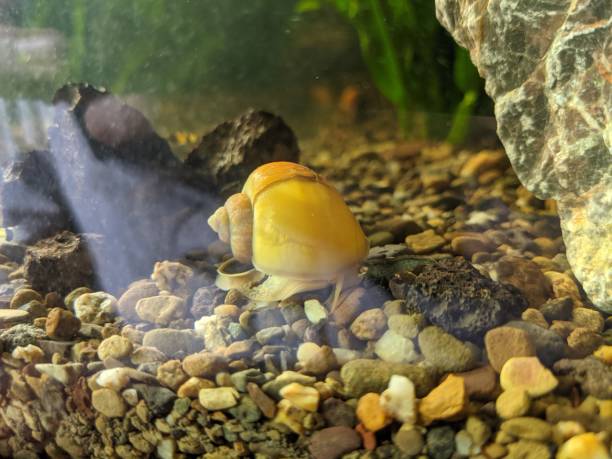Culinary Alchemy: Transforming Everyday Ingredients
Discover the art of culinary alchemy, where ordinary ingredients become extraordinary creations. This exploration of kitchen wizardry will revolutionize your approach to cooking, turning simple staples into gourmet delights. Get ready to unleash your inner food scientist and conjure up magical meals that will astound your taste buds and impress your guests.

Unexpected Ingredient Pairings
One of the most exciting aspects of culinary alchemy is the art of unexpected ingredient pairings. By combining seemingly disparate flavors, textures, and aromas, chefs can create surprising and delightful taste experiences. For example, the addition of a pinch of salt to chocolate desserts enhances the sweetness and complexity of the cocoa. Similarly, a drizzle of balsamic vinegar over fresh strawberries intensifies their natural sweetness while adding a tangy depth. Herbs traditionally used in savory dishes, such as basil or thyme, can lend an intriguing twist to fruit-based desserts. The key to successful unexpected pairings lies in understanding flavor profiles and being willing to experiment. By breaking free from conventional culinary rules, home cooks can discover exciting new combinations that tantalize the palate and challenge preconceived notions of what “goes together.”
Texture Transformation Techniques
Texture plays a crucial role in our perception and enjoyment of food. Culinary alchemists understand the importance of manipulating texture to create multi-dimensional dining experiences. One popular technique is spherification, which involves encapsulating liquids in a thin gel membrane to create caviar-like spheres that burst with flavor in the mouth. This molecular gastronomy technique can transform simple fruit juices or sauces into elegant, interactive garnishes. Another texture-altering method is flash-freezing using liquid nitrogen, which instantly freezes ingredients while maintaining their internal structure. This technique can be used to create unique desserts with contrasting temperatures and textures, such as ice cream with a crisp exterior and creamy interior. Even simpler methods, like dehydration or fermentation, can dramatically alter the texture of familiar ingredients, opening up new culinary possibilities.
The Art of Infusion and Extraction
Infusion and extraction techniques allow culinary alchemists to impart complex flavors into otherwise simple ingredients. By steeping aromatic ingredients in liquids or oils, chefs can create flavor-packed bases for sauces, cocktails, and more. For example, infusing olive oil with herbs and spices can elevate a basic salad dressing into a gourmet experience. Cold brew coffee, another popular extraction method, produces a smooth, less acidic beverage by steeping coarsely ground coffee beans in cold water for an extended period. This technique can be applied to teas, herbs, and even savory ingredients like garlic or chili peppers to create unique flavor concentrates. Advanced extraction methods, such as using a rotary evaporator, allow for the capture of volatile compounds, resulting in intense, pure flavors that can be used in minuscule quantities to transform dishes.
Culinary Illusions: Playing with Perception
The final frontier of culinary alchemy involves creating illusions that challenge diners’ perceptions and expectations. This can be achieved through various means, such as disguising ingredients to mimic others or presenting familiar flavors in unfamiliar forms. For instance, vegetable-based “meat” alternatives use plant proteins and natural colorants to replicate the appearance and texture of animal products. Another example is the creation of edible “dirt” using dehydrated and pulverized ingredients like olives or mushrooms, which can add visual interest and unexpected flavors to a dish. Even something as simple as serving a hot soup in a chilled bowl can create a sensory contrast that enhances the dining experience. By playing with diners’ expectations and perceptions, culinary alchemists can create memorable, thought-provoking meals that engage all the senses.
Alchemical Kitchen Tips
• Use a blowtorch to quickly caramelize sugar on desserts or add a smoky char to vegetables
• Experiment with different types of salt to enhance and balance flavors in both sweet and savory dishes
• Try sous vide cooking to achieve precise temperature control and unique textures
• Incorporate umami-rich ingredients like miso or nutritional yeast to boost savory flavors
• Use edible flowers not just for garnish, but to add subtle flavors and aromas to dishes
• Explore the world of natural food dyes, using ingredients like beets or turmeric for vibrant colors
Culinary alchemy is an exciting frontier that blends science, creativity, and gastronomy. By understanding the principles behind flavor transformation, texture manipulation, and sensory illusions, home cooks can elevate their culinary creations to new heights. Embrace the spirit of experimentation, challenge your taste buds, and discover the magic that can happen when you approach cooking with the mindset of an alchemist. The kitchen is your laboratory – let the culinary transformations begin!




